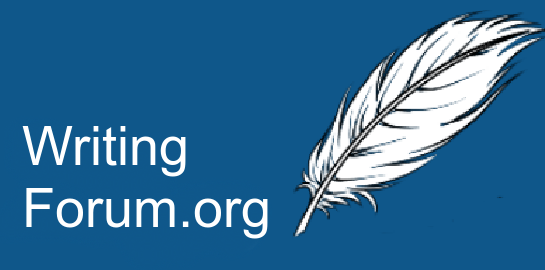The participants were divided into three groups: one used ChatGPT, powered by OpenAI’s large language model GPT-4o, as the sole source of information for their essays; another used Google to search for material (without any AI-assisted answers); and the third was forbidden to go online at all...
The students who wrote essays using only their brains showed the strongest, widest-ranging connectivity among brain regions, and had more activity going from the back of their brains to the front, decision-making area. They were also, unsurprisingly, better able to quote from their own essays when questioned by the researchers afterwards...
The Google group, by comparison, had stronger activations in areas known to be involved with visual processing and memory. And the chatbot group displayed the least brain connectivity during the task...
... when the participants who initially used ChatGPT for their essays switched to writing without any online tools, their brains ramped up connectivity — but not to the same level as in the participants who worked without the tools from the beginning.
